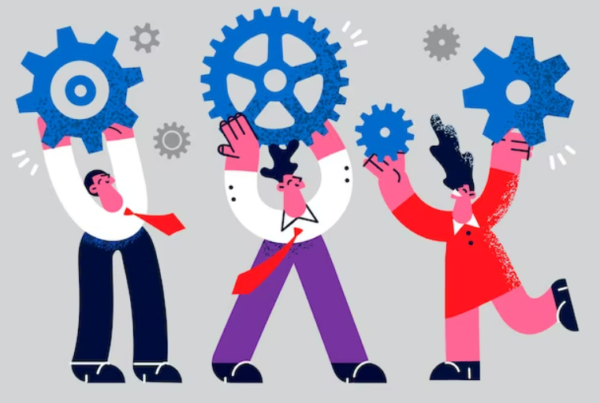Teambuilding refers to a range of activities and exercises that are designed to foster teamwork and collaboration among a group of people. These activities can take many forms, including problem-solving challenges, trust-building exercises, and communication games.
Teambuilding activities are often used by organizations to improve team performance and cohesion, as well as to encourage a positive work culture. They can be particularly useful for building trust and rapport among team members, and for helping teams to work more effectively together.
Teambuilding Benefits:
- Foster a sense of unity and common purpose among team members
- Encourage open communication and collaboration
- Build trust and cooperation among team members
- Improve problem-solving and decision-making skills
- Enhance teamwork and group dynamics
Teambuilding activities can be conducted in a variety of settings, including the workplace, offsite locations, or virtual environments. They can be tailored to suit the needs and goals of the team or organization, and can be designed to be fun and engaging for participants.
Teambuilding is an essential aspect of any organization, as it helps to foster a sense of unity and encourage effective teamwork. In particular, teambuilding can be a valuable tool for implementing culture change in an organization.
Culture change:
Culture change is a process by which an organization transforms its values, beliefs, and behaviors in order to better align with its goals and objectives. This process can be challenging, as it often requires employees to adjust to new ways of thinking and working. However, with the right approach, culture change can lead to improved performance, increased productivity, and a more positive work environment.
Teambuilding can be a powerful tool for facilitating culture change, as it helps to create a sense of shared purpose and encourage open communication and collaboration. Through teambuilding activities and exercises, employees can learn to work together effectively and understand the importance of their role in the organization. For example, teambuilding activities such as problem-solving challenges and trust exercises can help to build trust and cooperation among team members.
Case studies:
There are many examples of businesses that have successfully transformed their organizational culture through teambuilding and other cultural interventions. One well-known example is the online retailer Zappos, which has implemented a range of teambuilding and cultural initiatives to create a positive and customer-centric culture. These initiatives have included company-wide retreats, teambuilding activities, and a focus on open communication and collaboration. As a result, Zappos has become known for its exceptional customer service and employee satisfaction.
Another example is the consulting firm McKinsey & Company, which has implemented a range of teambuilding and leadership development programs to create a culture of continuous learning and growth. These programs have included teambuilding activities, leadership development workshops, and mentorship programs, all of which have helped to foster a culture of collaboration and continuous improvement.
Overall, teambuilding is an important component of culture change in an organization. By fostering teamwork and collaboration, organizations can create a more united and cohesive culture that is better aligned with their goals and objectives. Through the use of teambuilding activities and other cultural interventions, businesses can create a positive and productive work environment that supports ongoing growth and success.




